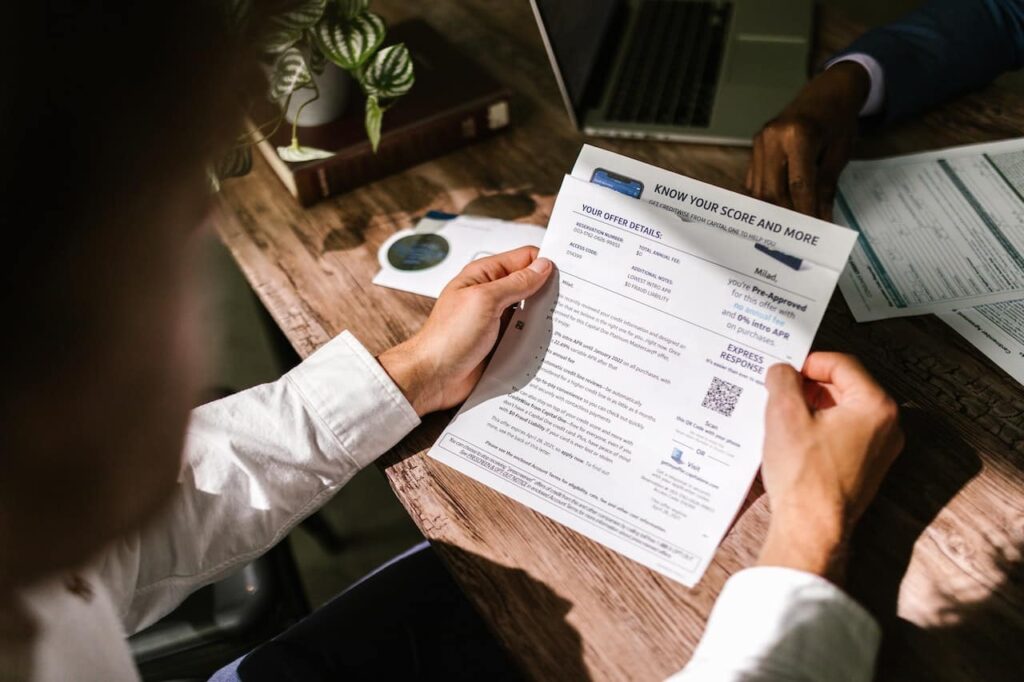From driving, hailing a cab/Uber or Lyft, to riding the subway, bus or light rail, there are so many ways to get around your city these days. You could also jump on an electric scooter to zoom around at speeds up to 15 mph.
Launched in September 2017, Lime scooters, the increasingly popular electric scooter startup, has dealt with a number of issues since parking their scooters in cities across the country. Vandals have abused the scooters in several ways, including: lighting them on fire, tossing them in lakes and stealing them. Even though scooter abuser has been an issue, injuries due to alleged faulty brakes has as well. Obtained by Consumer Reports, over 1500 e-scooter injuries have been reported from 110 hospitals in 47 cities across the country as of February 2019.
Lime says they have issued a fix to the brake problem, but still urges riders to bear caution, stating, “If the brake does not engage properly and immediately stops the vehicle, dismount, end the trip, and notify Lime customer service.”
As of February, at least four people have been killed due to crashes while driving an e-scooter — one child is currently in a vegetative state.
Lime also mentioned in its statement, that the faulty brakes have affected “0.0045% of all Lime rides.”
According to Lime, many of the injured riders were not wearing a helmet when injured. To protect themselves in the event of an injury, Lime states in their app that a helmet is required when riding their e-scooters.
Lime scooters can be a very enjoyable way to explore your city, but one thing is for certain, be sure of the risks involved before launching a ride.















